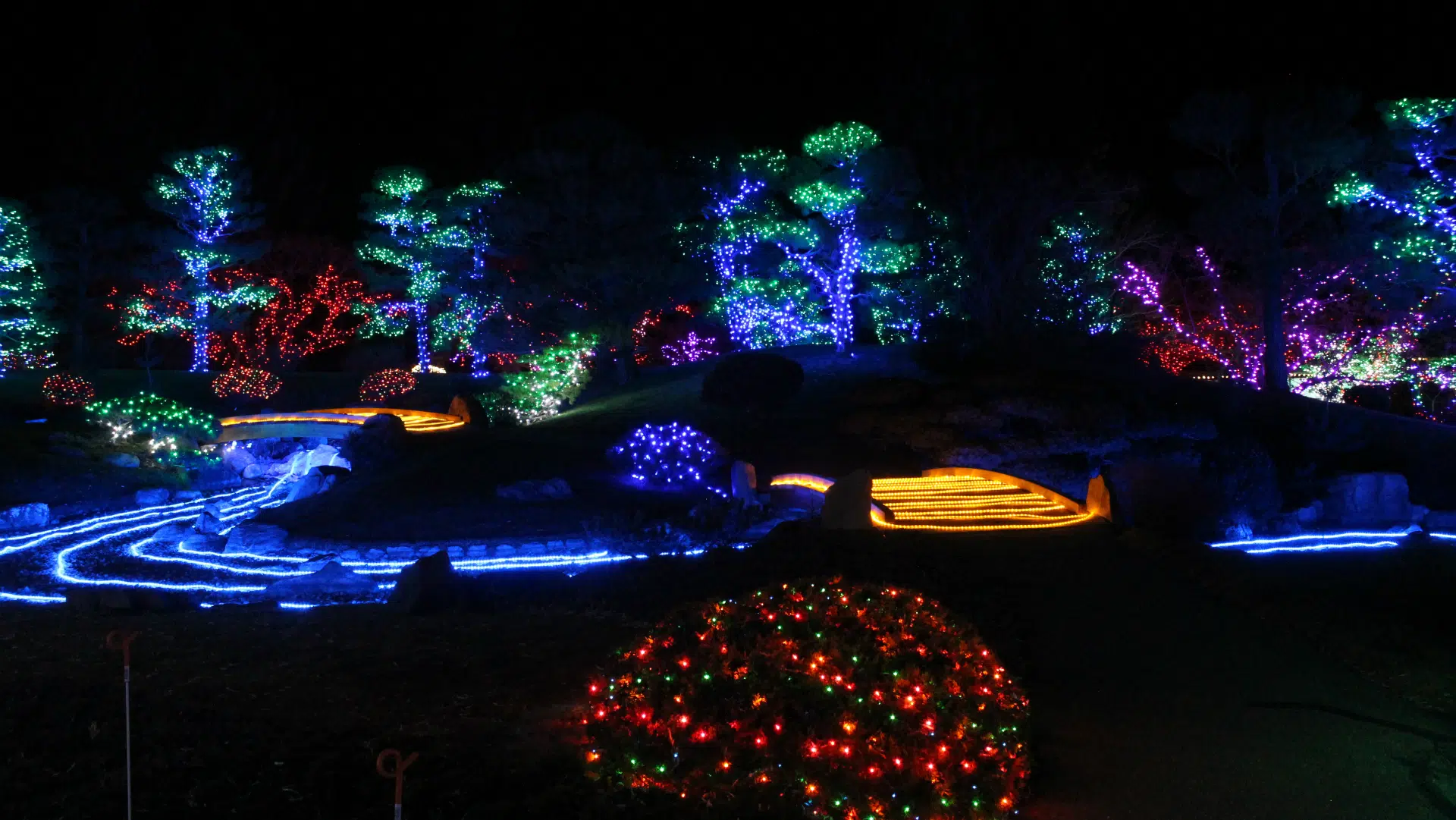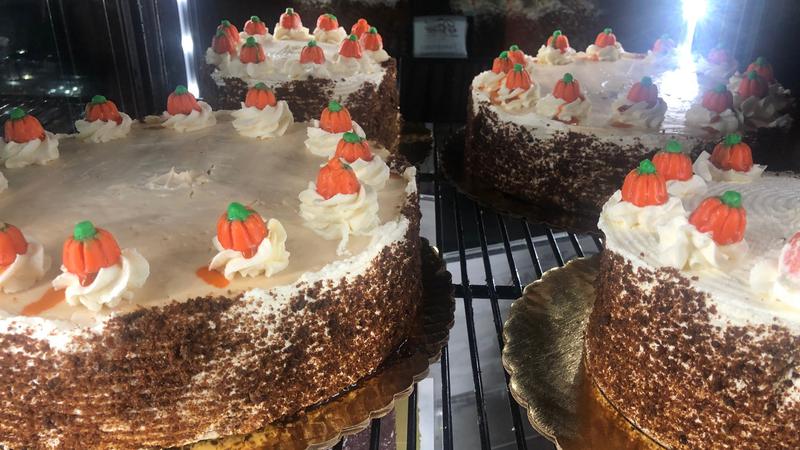
Light festival makes Nikka Yuko a winter attraction
LETHBRIDGE – Michelle Day says it’s important to give people a “wow” factor when they come through the gates.
The executive director of the Nikka Yuko Japanese Garden wants the community to be proud of the event that’s been put together. The 2nd annual Winter Light Festival begins Friday, Dec. 1 with a special opening night event.
WATCH: Michelle Day gives a preview of the Winter Light Festival


